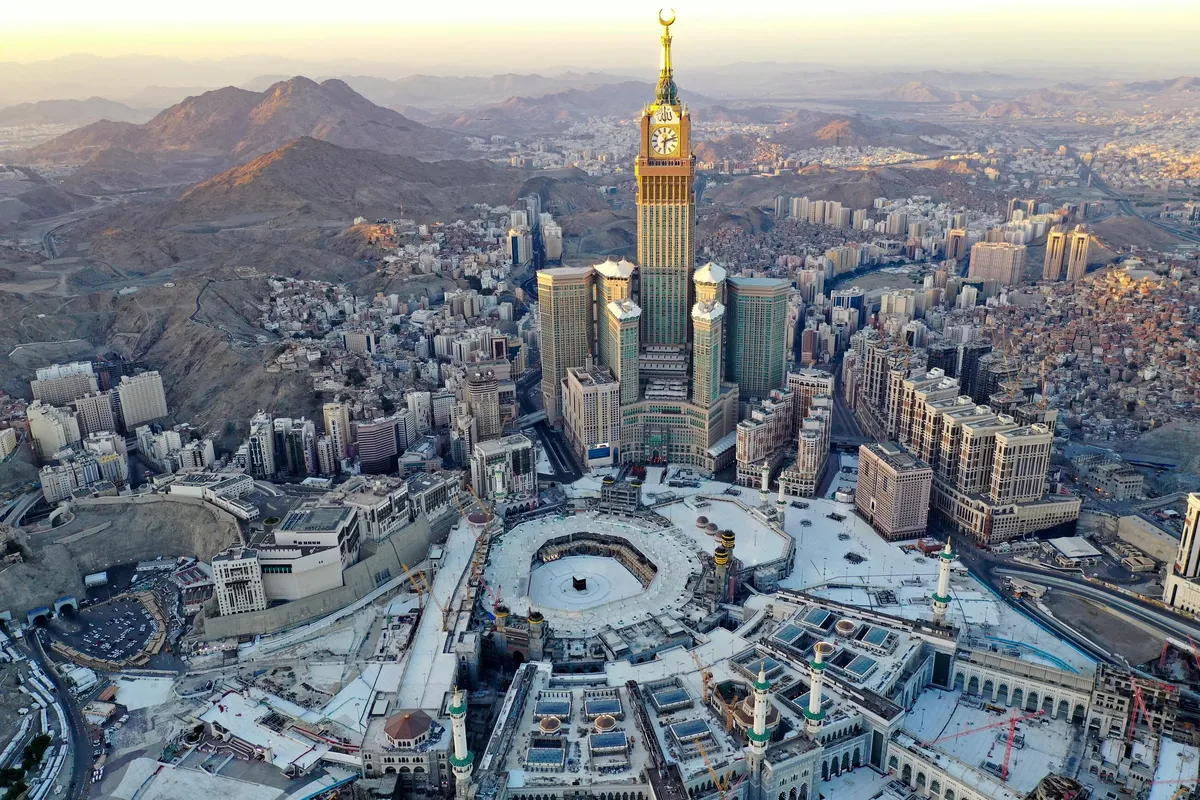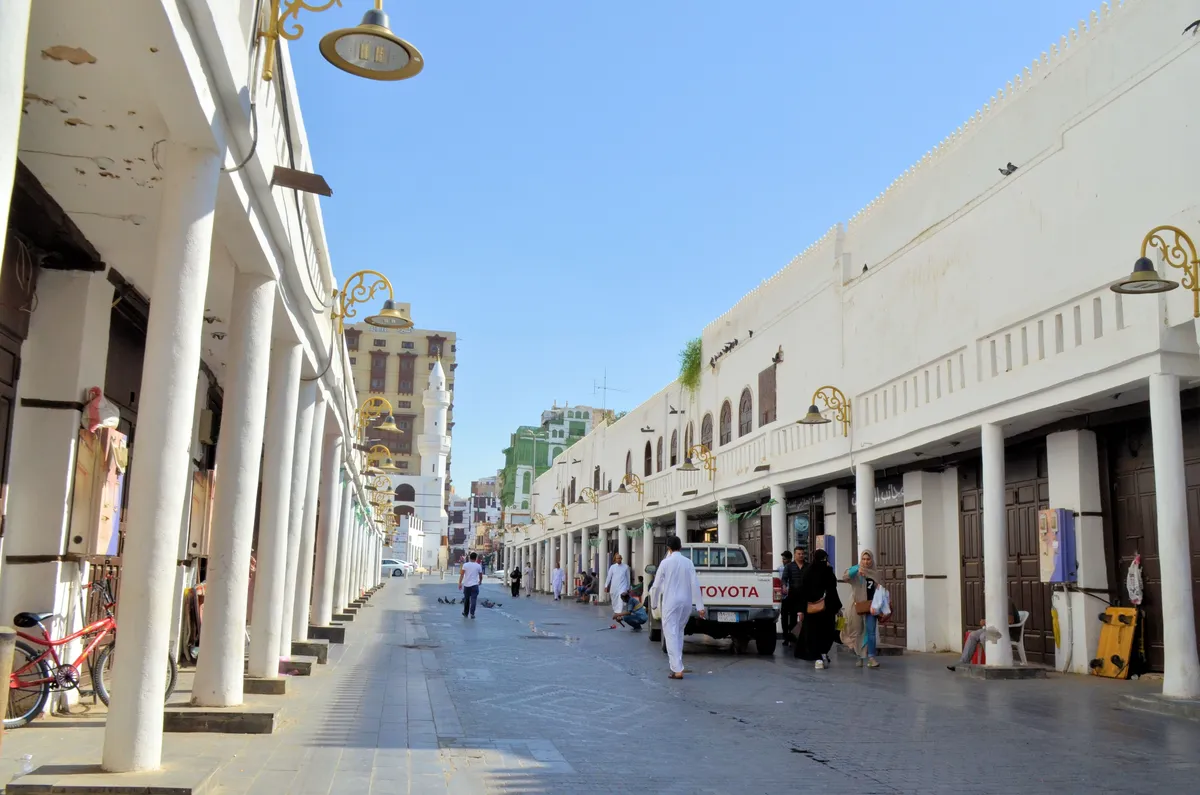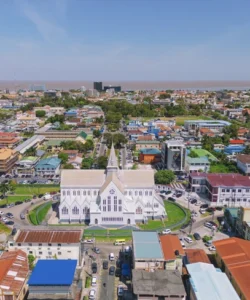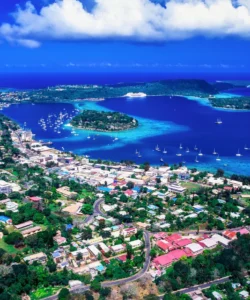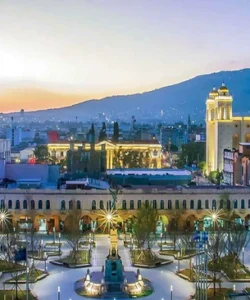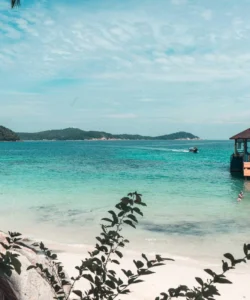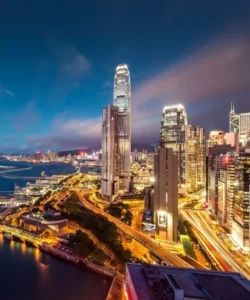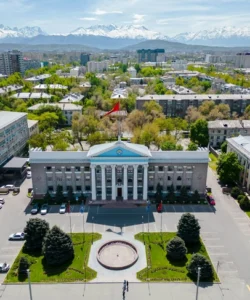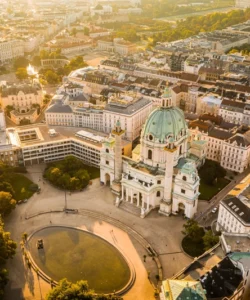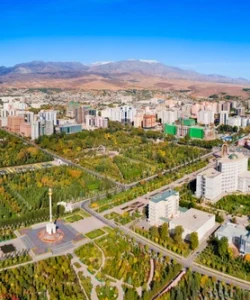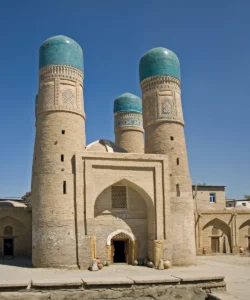Saudi Arabia is a kingdom that occupies most of the Arabian Peninsula. It is the birthplace of Islam and is home to the two holiest mosques, Mecca and Medina. The country is a significant global player due to its vast oil reserves and its strategic location.
![]()
Here’s an overview:
Area: Approximately 2,150,000 km² (830,000 sq. mi). It is the 13th largest country in the world.
Population: As of the 2022 Saudi Census, the population reached 32,175,224.
Language: The official language is Arabic, with regional variants such as Najdi Arabic and Hejazi Arabic.
Currency: Saudi Riyal (SAR).
Religion: Islam is the official religion, and the constitution is based on the Quran and Sunnah.
Capital: Riyadh.
Major Cities:
- Riyadh: The capital and largest city, known for its modern skyline.
- Jeddah: A major port city on the Red Sea, a commercial center, and a gateway for pilgrims.
- Mecca: The holiest city in Islam, birthplace of the Prophet Muhammad, and destination for the Hajj and Umrah pilgrimages.
- Medina: The second holiest city in Islam, home to Al-Masjid an-Nabawi (the Prophet’s Mosque).
- Dammam: Located on the Persian Gulf, a key administrative location for the oil industry.
- AlUla: A rapidly developing tourist destination known for its ancient history and natural beauty.
Attractions & Wonders:
- Al-Masjid Al-Haram (Grand Mosque) and Kaaba (Mecca): The most sacred sites in Islam.
- Al-Masjid an-Nabawi (Prophet’s Mosque) (Medina): The second holiest site.
- Hegra (AlUla): A UNESCO World Heritage Site with ancient Nabataean tombs, similar to Petra in Jordan.
- AlUla Old Town: Features traditional mud houses and shops.
- Maraya (AlUla): A stunning, mirrored concert hall that reflects the surrounding landscape.
- Edge of the World (Riyadh): A dramatic geological formation with panoramic desert views.
- Al-Balad (Historic Jeddah): A UNESCO World Heritage site with traditional architecture.
- Kingdom Centre (Riyadh): An iconic skyscraper with a skybridge.
- Al Faisaliah Tower (Riyadh): Another prominent skyscraper.
- Al Ahsa Oasis: A vast palm oasis and UNESCO World Heritage Site.
- Al Wahba Crater: A large, dramatic volcanic crater.
- The National Museum of Riyadh (Riyadh): Showcasing Saudi Arabian history and culture.
Architecture: Traditional Saudi architecture is influenced by the hot and arid climate, featuring thick walls, small windows, wind towers, and courtyards for natural ventilation. Modern architecture, especially in cities like Riyadh and Jeddah, showcases impressive skyscrapers and innovative designs.
Roads: Saudi Arabia has an extensive highway network. Notable highways include Highway 10, which has a 256 km (159 mi) section from Haradh to Batha’ that is the world’s longest straight road. Major highways connect key cities and borders.
Hotels: Saudi Arabia offers a range of accommodations from luxury hotels to budget-friendly options. Some highly-rated luxury hotels include Narcissus The Royal Hotel and Cantonal Hotel by Warwick in Riyadh, and Braira Al Ahsa in Al Ahsa.
Restaurants & Cuisine: Saudi Arabian cuisine is diverse, with staples like Kabsa (a rice dish with meat), Mandi (slow-cooked meat and rice), and Saleeg (a white rice dish cooked with broth and milk). Street food favorites include Mutabbaq and Falafel. Arabic coffee and tea are integral to Saudi hospitality. Restaurants offer a mix of traditional Saudi, Middle Eastern, and international cuisines. Some famous restaurants include Peradiz Indian Restaurant, MYAZU Riyadh, and Sudah Restaurant (known for Mandi).
Annual Travel: Saudi Arabia has seen significant growth in tourism. In 2024, the Kingdom welcomed approximately 116 million domestic and inbound tourists, with about 30 million inbound tourists. This reflects a strong push to diversify its economy and open up to international visitors beyond religious pilgrimages.





























